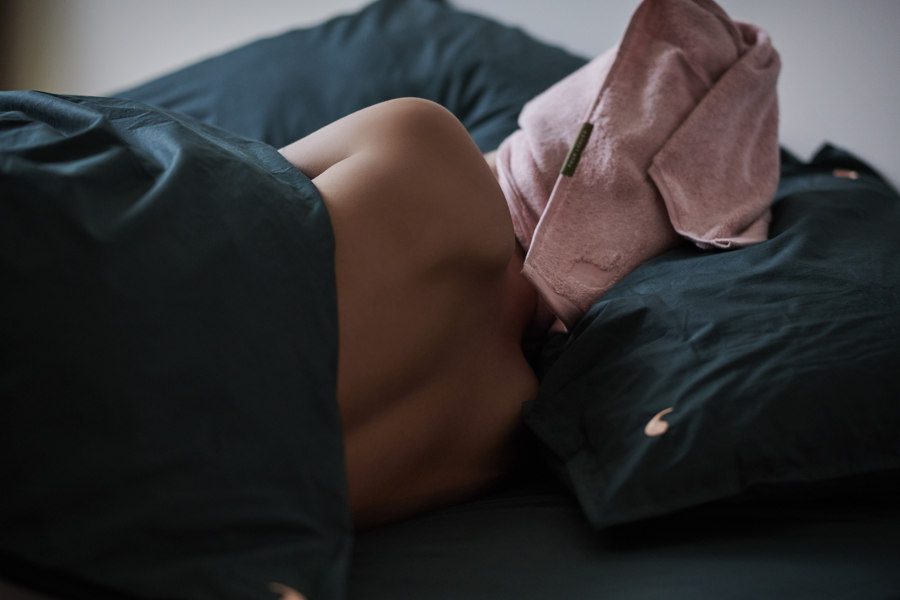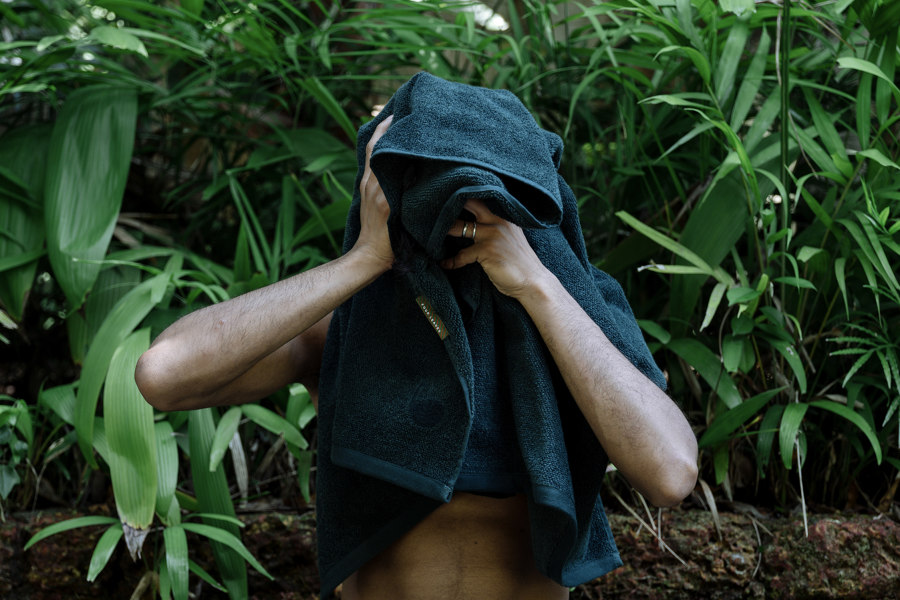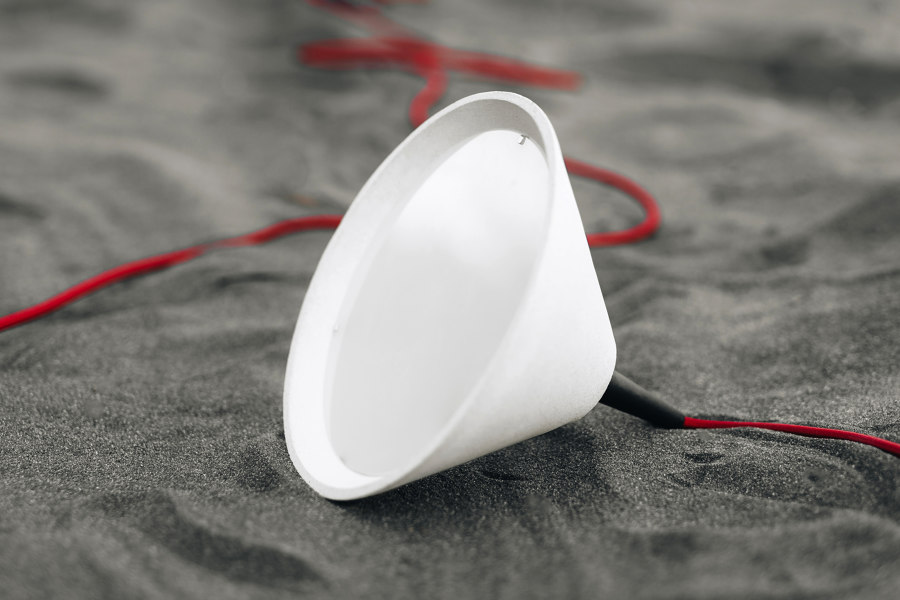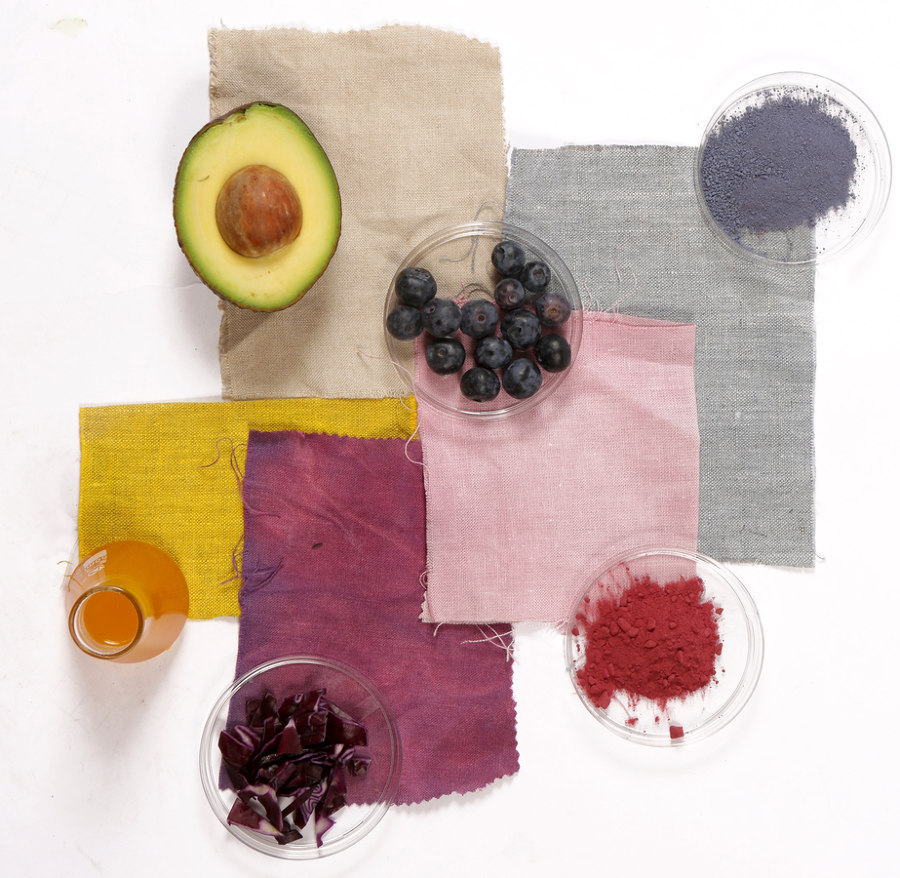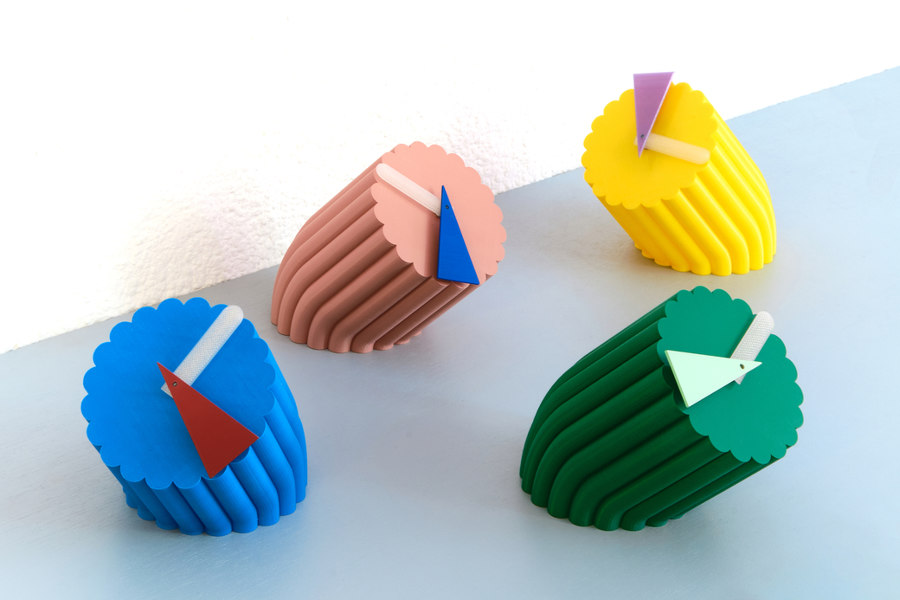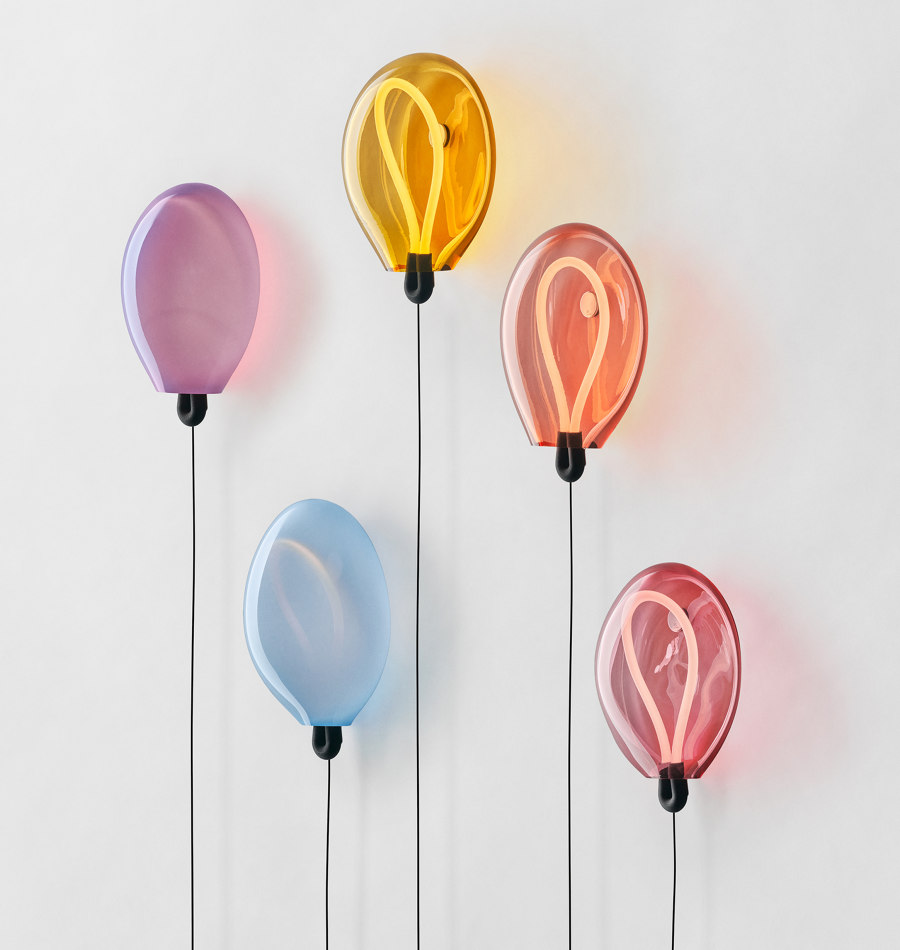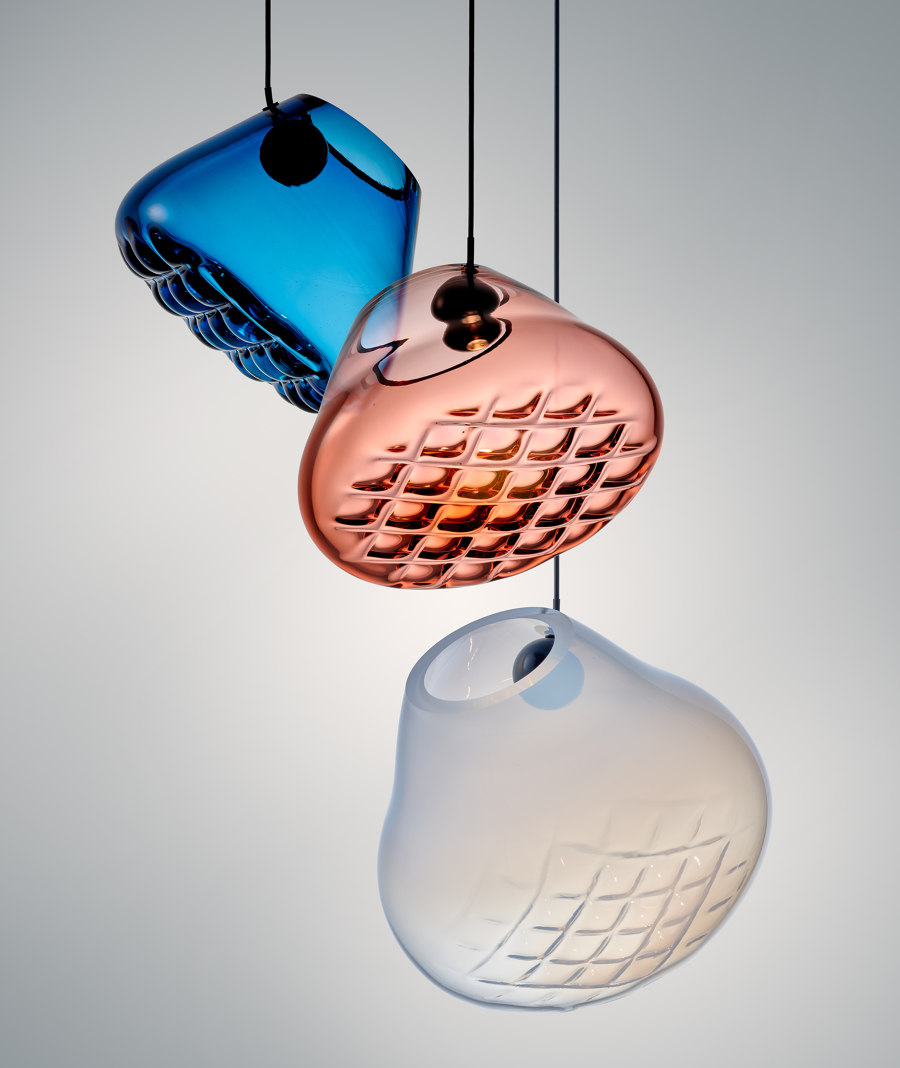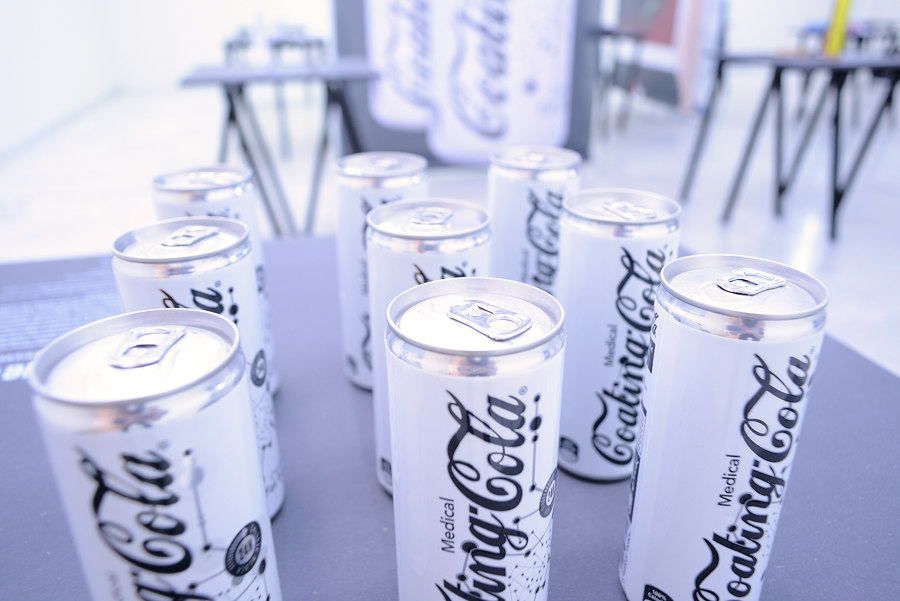Dutch Design Week presents the future of product design
Texte par James Wormald
14.11.22
Offering a vision of the future with changing needs and material availability, Dutch Design Week’s exhibiting designers present possible answers on how to create more, with less.
SAGES is a UK-design studio that turns everyday food waste into strong, natural fabric dyes
In the centre of Eindhoven, celebrating Dutch Design Week’s focus on how design and technology can prepare us for our changing world, the Van Abbemuseum of contemporary art invited design to take centre stage. Putting design up on a level footing with art, the museum acknowledges the influence and responsibility design and designers have on the future.
What makes design different from art, what makes it important and influential, is its context
The trouble, however, with presenting design in an art gallery, is that what makes design different from art, what makes it important and influential, is its context. So let’s take a tour across town to see what can be learned from the latest product, material and manufacturing news at Dutch Design Week.
Four Leaves makes organic cotton bed linen (top) and towels (middle), while donating organic products to and supporting schooling in Sri Lanka. Photos: Nine IJff (top), Ruben van Nimwegen (middle), Bo van Veen (bottom)

Four Leaves makes organic cotton bed linen (top) and towels (middle), while donating organic products to and supporting schooling in Sri Lanka. Photos: Nine IJff (top), Ruben van Nimwegen (middle), Bo van Veen (bottom)
×Not just greenwashing: improving environmental solutions at Kazerne
Four Leaves was one of a number of brands to tout its environmental credentials at the mixed-use hospitality and event space, Kazerne. Based around the four abodes of Buddhism, the bedding and towelling brand’s products are made with organic cotton for both softness and moral intent. But to ensure an especially good night’s sleep, the manufacturer donates a proportion of its profits to humanitarian projects, providing sleeping bags, towels and schooling to children in Sri Lanka.
Standard solar panel manufacturing produces so much CO2 that they take four years to reach relative gross carbon-neutrality
Solarge, meanwhile, is a solar cell manufacturer that looked at the perceived environmentally-friendly solar energy industry and saw room for improvement. Standard solar panel manufacturing produces so much CO2 that they take four years to reach relative gross carbon-neutrality. By re-thinking the design and making the panel materials divisible at end-of-life – and therefore circular, CO2 production is minimised and the panels start to make a difference after only four months.
The Ostra Lamp, from Markos Georgiou (top), SAGES natural fabric dyes from food waste (middle) and Hunebed seating from Sander Mulder. Photos: Alex Pantela (top), SAGES (middle), About Today (bottom)

The Ostra Lamp, from Markos Georgiou (top), SAGES natural fabric dyes from food waste (middle) and Hunebed seating from Sander Mulder. Photos: Alex Pantela (top), SAGES (middle), About Today (bottom)
×What a waste: new material concepts and their possibilities at Schellens Fabriek
The Materialized exhibition in Schellens Fabriek featured ongoing research projects that use waste materials as part of more circular manufacturing processes. Ostra, for example, is a biodegradable cement-like material made from waste oyster shells and algae, while SAGES is a textile design studio using pigments from food waste for natural dyes.
Paolo Conte's Rising Lamp (top), U-ak's Don't Waste Time Clock (middle) and Sander Mulder's Pythagoras chair (bottom). Photos: Paolo Conte (top), burodizadinestudio (middle), About Today (bottom)
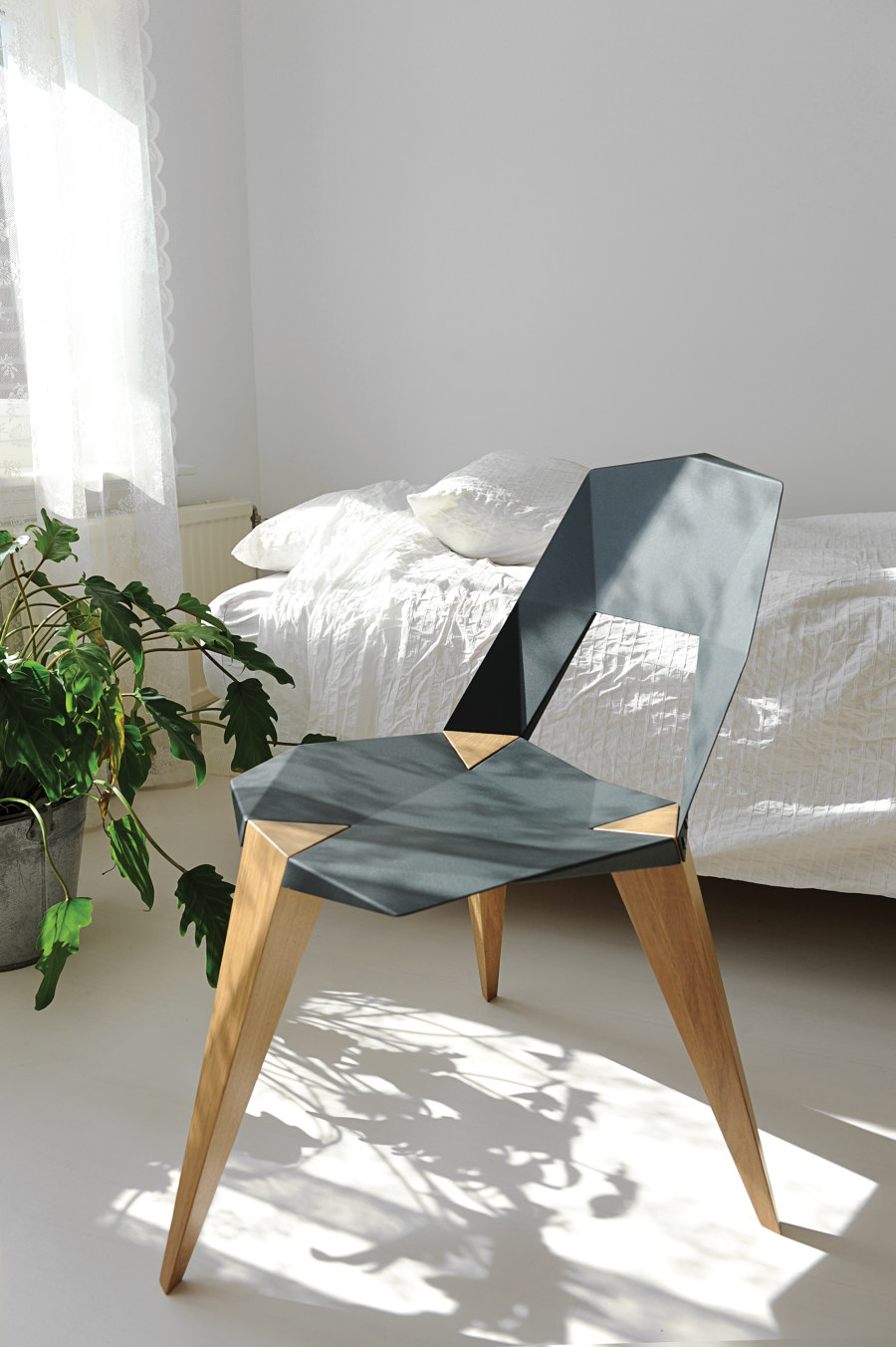
Paolo Conte's Rising Lamp (top), U-ak's Don't Waste Time Clock (middle) and Sander Mulder's Pythagoras chair (bottom). Photos: Paolo Conte (top), burodizadinestudio (middle), About Today (bottom)
×Elsewhere in the former factory space, the No Space For Waste exhibition went one step further, with concept products made from waste streams. Paolo Conte’s Rising Lamp symbolically welcomes each post-Covid day with a light made from surgical masks, and U-ak’s Don’t Waste Time Clock is 3D-printed with colourful bioplastic.
Next door to Schellens Fabriek, meanwhile, Sander Mulder’s open studio of high-quality contract products such as the Pythagoras chair – with contrasting materials and colours suited to vibrant bioplastics – or the Hunebed seating and felt-based acoustic room dividers Leaf and Shingle – product typologies suited to natural dyes – represent a clear, achievable target for waste-generated materials.
Thier & van Daalen's balloon-inspired Bulla lamps (top) and heavenly GRID pendants (middle), and Job van den Berg's welded Glass Skyscraper candlesticks (bottom), are born from glass experimentation
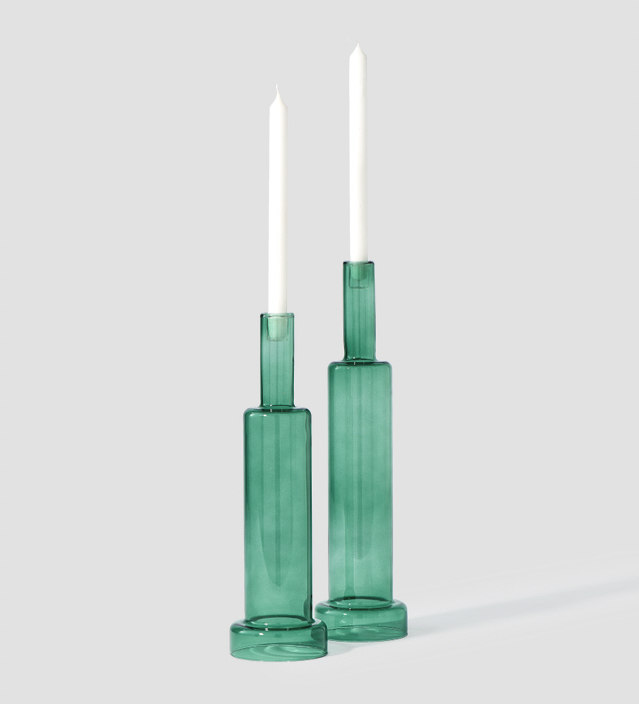
Thier & van Daalen's balloon-inspired Bulla lamps (top) and heavenly GRID pendants (middle), and Job van den Berg's welded Glass Skyscraper candlesticks (bottom), are born from glass experimentation
×Experimental freedom at Sectie-C
Sectie-C is a low-cost creative community where designers and experimental entrepreneurs can share their love of ideas. The space includes studios like Thier & van Daalen – whose twisting Vapour light for Hollands Licht has lit up the Architonic Magazine before. With both the balloon-like Bulla wall lamps and GRID pendant lights – which may look like they’ve been dropped on a waffle iron, but produce mesmerising lighting effects – the studio proves what experimentation, combined with the high-quality finish of smooth-contoured blown glass, can create.
On the other side of the neighbourhood meanwhile, in a studio tour full of energetic vigour, Job van den Berg flitted around from one project to the next, enthusing over his ideas and experimentations. The designer, for example, explained why he uses borosilicate glass – which can be welded rather than blown – to produce his glass skyscraper candlesticks.
Erik Stehmann's family of 3D-printed microbial lights (top), and Studio Guilty's no-bake Gravel Column Lights (bottom). Photos: Studio Erik Stehmann (top), Studio Guilty (bottom)
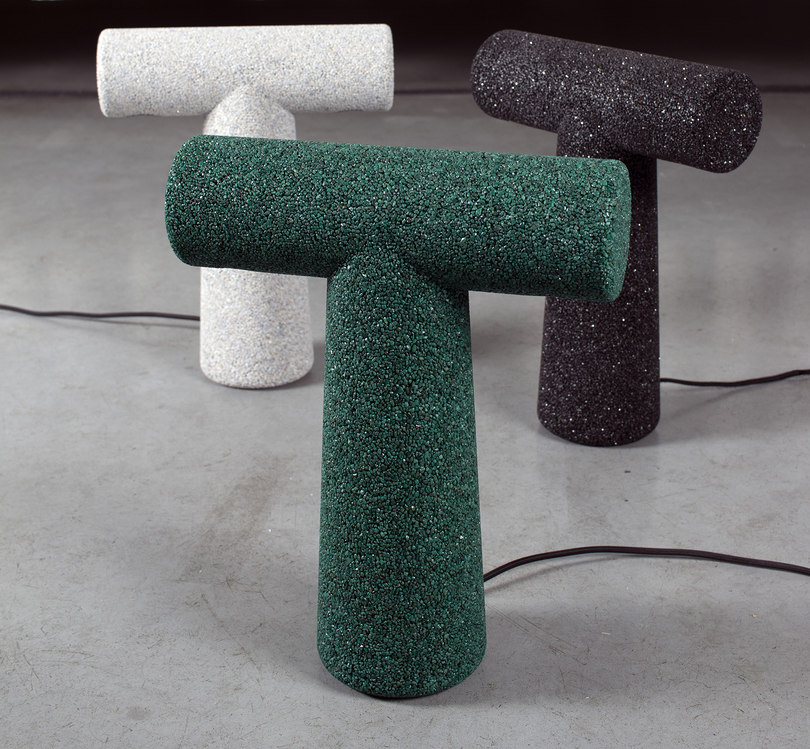
Erik Stehmann's family of 3D-printed microbial lights (top), and Studio Guilty's no-bake Gravel Column Lights (bottom). Photos: Studio Erik Stehmann (top), Studio Guilty (bottom)
×Erik Stehmann used to believe that 3D-printed plastics could never replicate the quality of higher-grade materials like glass. Stuck at home during lockdowns, however, with only his 3D printer for company, a love blossomed between designer and process that resulted in the strange microbial light series, Pretty Weird Things. Alternatively, Studio Guilty’s Gravel Column Light, by designer Tijs Gilde, denounces the concept that products must be smooth and sleek at all. The heavy light is made from quartz, but looks like a bitumen road surface and Rice Krispies square rolled into one. Put the rough-look light in a contrastingly clean interior, however, and the effect is hard to ignore.
The Nano Supermarket shelves were filled with soon-to-be everyday items like Coating Cola (top), which lines the stomach with fat blockers, or Wallsmart nano paint (bottom). Photos: Nano Supermarket
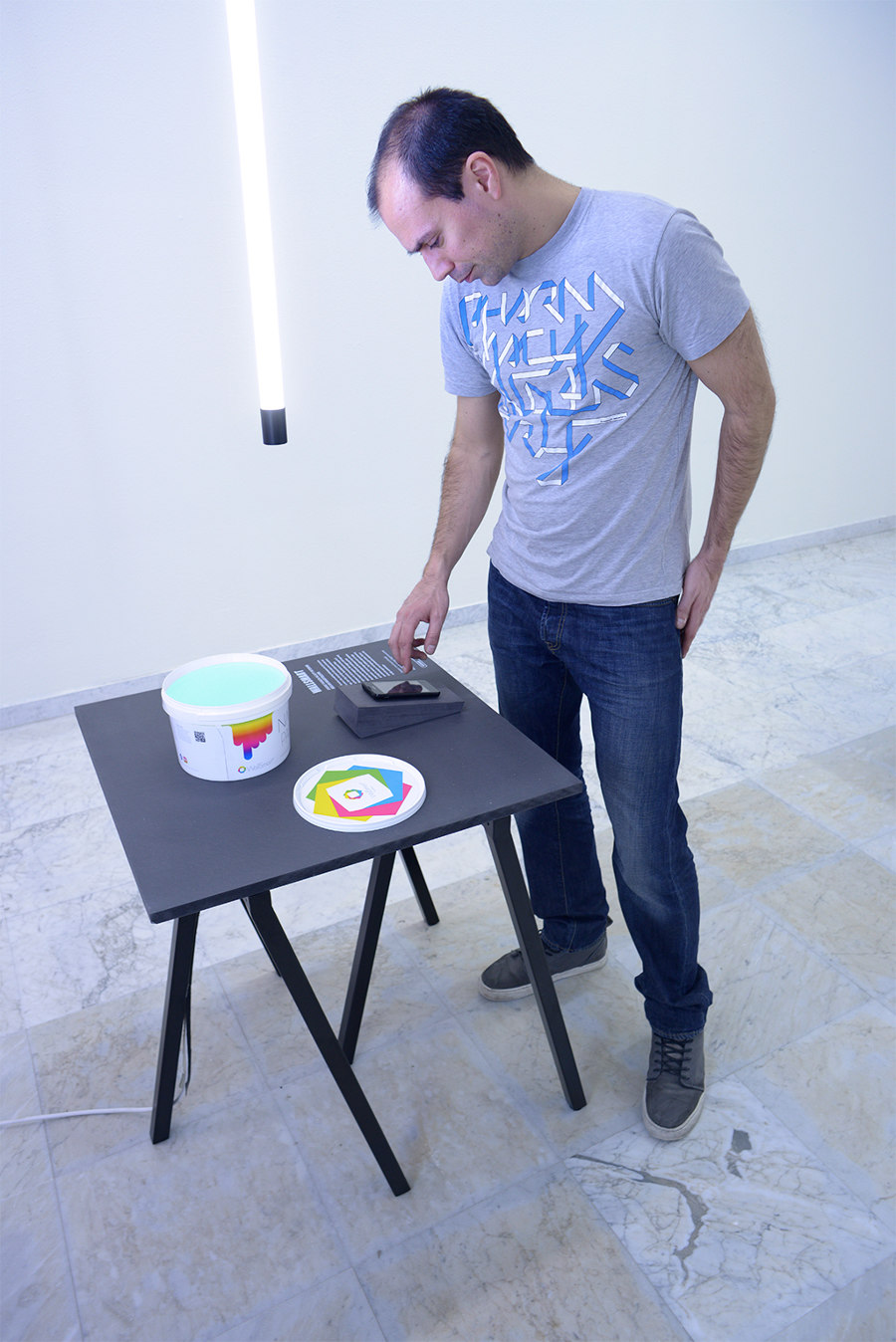
The Nano Supermarket shelves were filled with soon-to-be everyday items like Coating Cola (top), which lines the stomach with fat blockers, or Wallsmart nano paint (bottom). Photos: Nano Supermarket
×Small scale, big impact: Nano Supermarket at Evoluon
The Nano Supermarket was an exhibition of research projects with varying levels of feasibility, which utilise nanotechnology to invent products for a future world to solve the problems of today. Products range from easy wins like colour-changing wall paint and self-cleaning windows, to surprisingly possible weight-loss aids like an energy belt that transforms excess midriff fat into usable power, or ‘Coating Cola’, which coats the stomach walls with a fat-blocking lining.
At the other end of the current feasibility scale, meanwhile, lie the more absurd solutions, like birth control pills that gradually grow a pearl inside the uterus, a dress made from smoke or ‘Bake ’n' Spray’ food cooking spray, which instantly cooks food using an exothermic reaction. A perfect Yuletide gift to make Christmas dinner a breeze.
© Architonic
Head to the Architonic Magazine for more insights on the latest products, trends and practices in architecture and design.


